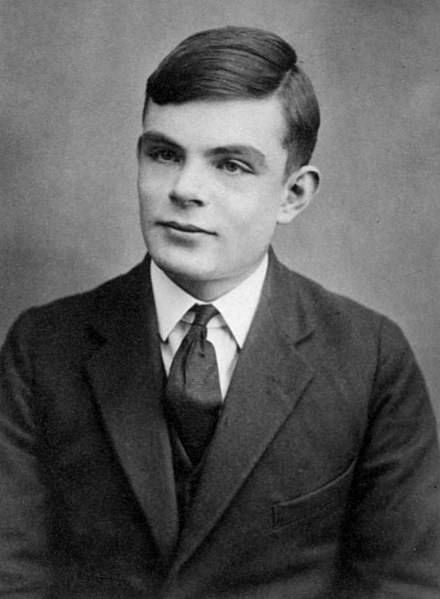Alan Turing's Last Paper Inspires a Better Way to Desalinate Water
Published on by Water Network Research, Official research team of The Water Network in Academic
The insights from Alan Turing's last published paper could offer a new solution to the problem of turning saltwater into fresh, potable water.
By Avery Thompson

Alan Turing, Source: Wikimedia Commons, Labeled for Reuse
Alan Turing is best known for cracking the German Enigma machine during World War II and developing the foundations of modern computer science (along with his namesake test). But one of the man's final contributions to science—a chemistry paper he published just two years before he died—is finally being put to use to develop a new method of purifying water.
Turing’s paper, published in 1952, addresses a strange principle of chemistry: In certain rare conditions, two chemicals that are mixed together can spontaneously separate and create a unique striped pattern, commonly called a "Turing pattern." These patterns can be seen in the markings on different animals, the structures of certain plants, and even the construction patterns of some insect hives.
The key feature of these structures is that researchers can precisely manipulate their shape, size, and components to create specific properties. In this new study, a group of researchers used some chemicals called polyamides to create a membrane that lets water through while blocking salt. What's more, the Turing structures in the membrane allow it to overcome a fundamental limitation of these types of water filters.

Traveling waves on labyrinthine stripelike Turing structure in Yang2003
Video Print Screen (See Below)
Read full article: Popular Mechanics
RESEARCH ARTICLE: Fractal-like hierarchical organization of bone begins at the nanoscale
Attached link
http://www.youtube.com/embed/AvIcbEGHQ2oMedia
Taxonomy
- Drinking Water Security
- Treatment
- Ultrafiltration
- Treatment Methods
- Drinking Water Treatment
- Filtration
- Filtration Solutions
- Filtration
- Desalination
- Filtration
- Sea Water Desalinisation
- Sustainable Desalination
- Drinking Water Managment
- Drinking Water
- water treatment